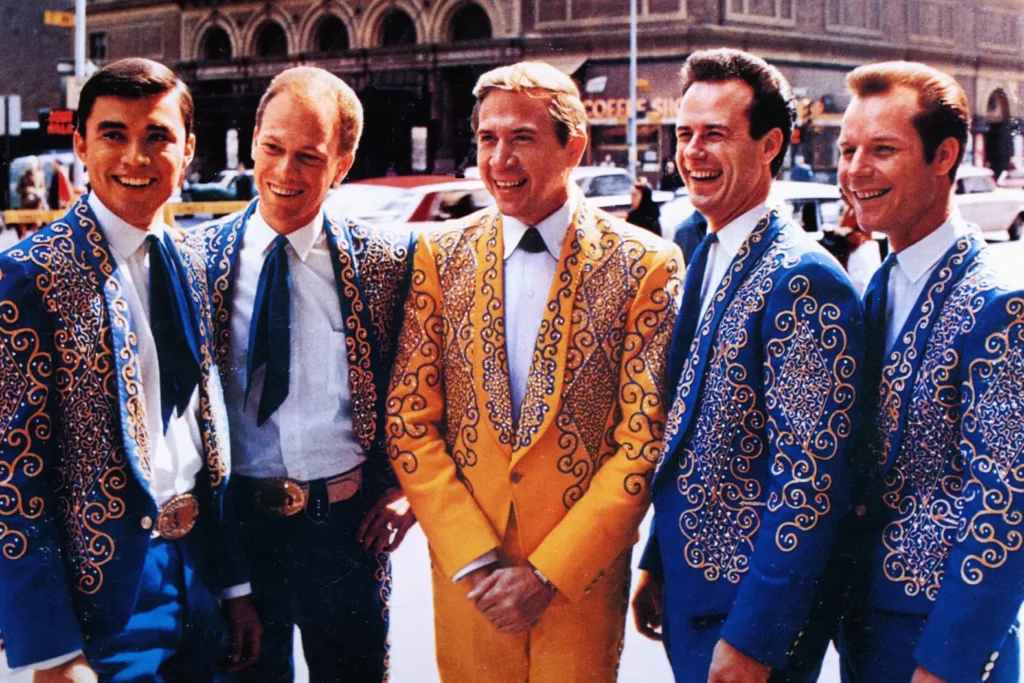
A Joyous Ode to Western Swagger and the Spirit of the American Frontier
When Buck Owens released “Buckaroo” in 1965, it quickly galloped to the top of the Billboard Country Singles chart, claiming the No. 1 spot—a rare feat for an instrumental track in any genre, let alone country music. Featured on his album “The Instrumental Hits of Buck Owens and His Buckaroos,” the song remains a defining piece of Owens’ pioneering Bakersfield Sound, a style that reshaped country music by stripping it of Nashville’s lush orchestrations and returning it to its roots—raw, twangy, and unapologetically western.
At first blush, “Buckaroo” is deceptively simple: a brisk, two-minute instrumental anchored by Don Rich’s sparkling Telecaster guitar work and propelled by a rhythm section that feels as steady and sure as a well-trained horse under saddle. But beneath its sprightly tempo lies a profound statement—an evocation of open skies, tumbleweeds, and a cowboy’s quiet confidence. There are no lyrics to sing here, no verses to parse—but that’s precisely the point. In “Buckaroo,” Owens and his Buckaroos tell a story that transcends words, one steeped in regional pride and musical rebellion.
The creation of this piece is best understood within the context of its time. By the mid-1960s, mainstream country had become increasingly polished under Nashville’s influence. Owens, operating out of Bakersfield, California, sought something different—something closer to the honky-tonks where steel guitars cried through cigarette smoke and fiddle solos cut through the noise like spurs on concrete. “Buckaroo” became both banner and battleground for that movement: a defiant declaration that instrumental virtuosity and emotional resonance could coalesce without a single vocal phrase.
Don Rich’s performance on lead guitar is particularly significant. His playing—a delicate balance of brightness and bite—imbues “Buckaroo” with its unmistakable charm. Rich was not merely Owens’ right-hand man; he was the co-architect of this new soundscape. Listen closely to his melodic phrasing, how each bend and trill carries intention. It’s as if he’s sketching out the silhouette of the American West with every note—its strength, its melancholy, its boundless potential.
Though short in length, “Buckaroo” endures because it encapsulates an ethos—the sense of freedom and frontier spirit that once defined not only country music but American identity itself. It remains one of the few instrumental tracks to top the country charts in history, a testament to its unique resonance. Even today, when played live or rediscovered on vinyl, it elicits smiles from those who recognize its clean tone and unpretentious joy. It is not merely a relic; it is a celebration—of place, of people, and of a musical lineage that dared to buck convention.
In “Buckaroo,” Buck Owens didn’t just offer listeners a catchy tune—he gave them an anthem for what country music could be when stripped down to its purest form: honest, twangy, and free as a horse on an open plain.